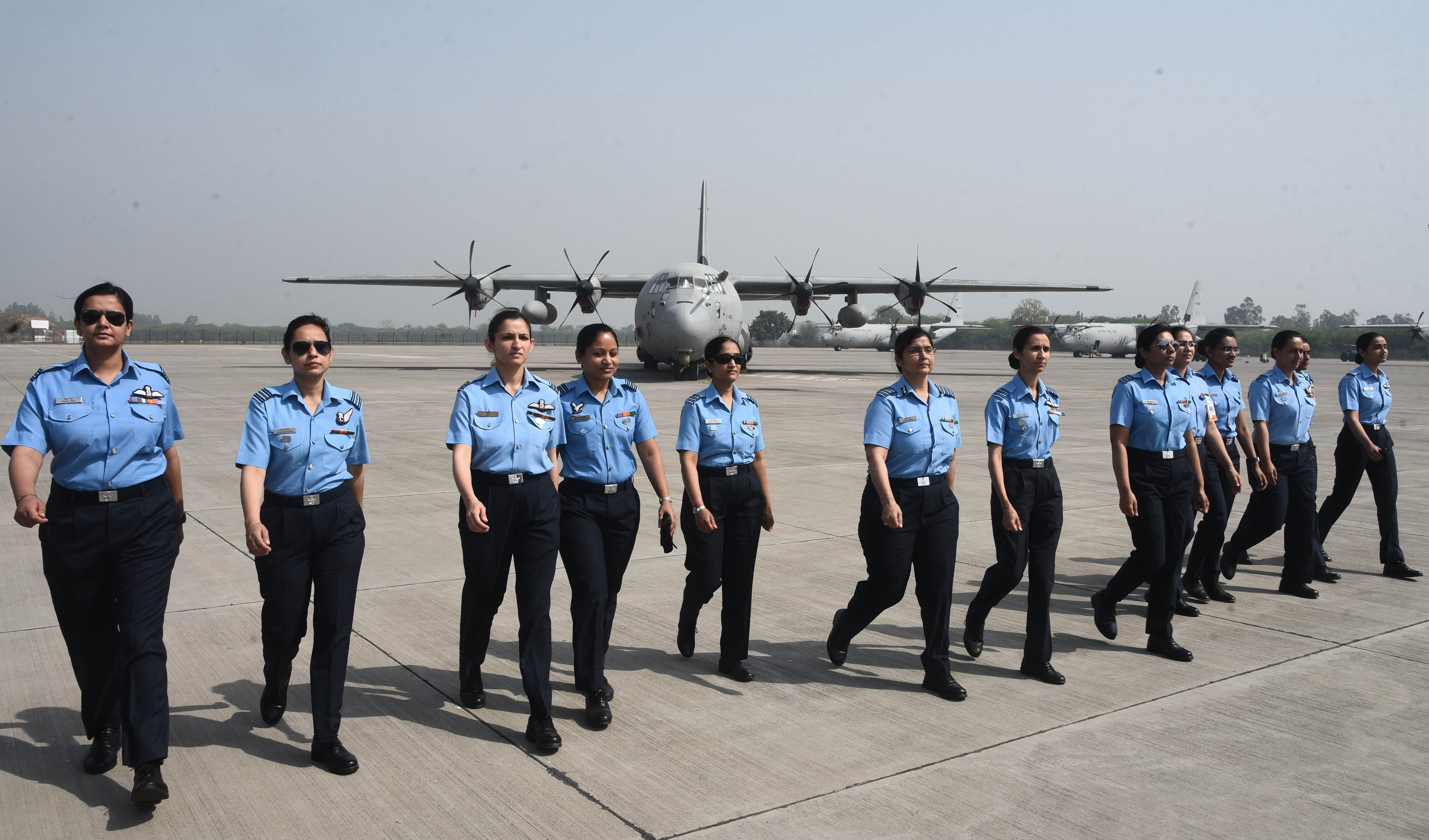Sisters in Arms
Air Cmde TK Chatterjee(retd)
Induction of women into the armed forces comes with its set of challenges.
The first batch of
women trainees graduated from the National Defence Academy (NDA), breaking another
glass ceiling and adding a new dimension to gender equality in the armed forces
on 30 May 2025.
I am reminded of a famous quote from a leading
figure of the American women’s rights movement, Elizabeth Stanton. ‘Alone she
goes to the gates of death to give life to every man that is born into this
world.’ No one can agree more with this statement, and from this fundamental
truth stems the societal value that has taught men for ages to protect women
and shield them from the brutality of warfare, whether fought with sticks and
stones, bows and arrows, or guns and bullets. Nature created men and women
differently, both physically and psychologically, perhaps to serve different
purposes on earth, as per nature’s design. Their areas of expertise do overlap,
but were perhaps not intended to be congruent. But here we are competing with
each other, trying to break into each other’s domains, confusing ourselves, and
possibly Mother Nature, too!
I joined an all-male NDA in the early Seventies
and was commissioned into an all-male Indian Air Force (IAF) in the late Seventies.
Except for the medical branch, there were no female members in uniform. After
commissioning, we were groomed to pay respect to women. Before the IAF, I had
never seen a roomful of gentleman officers stand up when the wife of the
junior-most officer entered the room. Even the fighter planes were referred to
using feminine terms, and we were constantly reminded to handle them with
utmost care, never to disrespect them. That was the attitude of men in uniform
towards women. Should that change when women become sisters-in-arms and finally
break the ultimate glass ceiling to join the combat arms of the armed forces?
I have
trained female pilots in the IAF and in civil aviation. At both places, I have encountered
good and bad trainees. I have also sent back both male and female trainees due
to their inability to learn to fly. The reactions were different. At the Air
Force Academy, whether male or female, they all left quietly. At the Indira
Gandhi Rashtriya Uran Academy (IGRUA), the male trainees had their parents
plead their cases, but ultimately, they left IGRUA and joined other flying schools
that were less stringent about flying standards. In contrast, the female
trainees went directly to the ministry of human resources and the ministry of
civil aviation, alleging misogyny and gender bias; and if the trainee happened
to be from SC/ST/OBC, caste bias was invariably added to the list. Will these
trends permeate into the services? We hope not.
Having said that, I have also encountered excellent professional female trainees. At IGRUA, we flew an aeroplane called Zlin, which had never been assigned to female trainees because some control surfaces, like the flap lever, were very difficult to operate under aerodynamic loads. In one term, I was short of aeroplanes, so I selected a girl from Ladakh to fly the Zlin. I flew her in a Zlin and offered her the challenge mid-air. She jumped at the opportunity to be the first woman trainee to fly the aeroplane, and she successfully completed all of 150-odd hours on that aircraft. But
Subscribe To Force
Fuel Fearless Journalism with Your Yearly Subscription
SUBSCRIBE NOW
We don’t tell you how to do your job…
But we put the environment in which you do your job in perspective, so that when you step out you do so with the complete picture.








